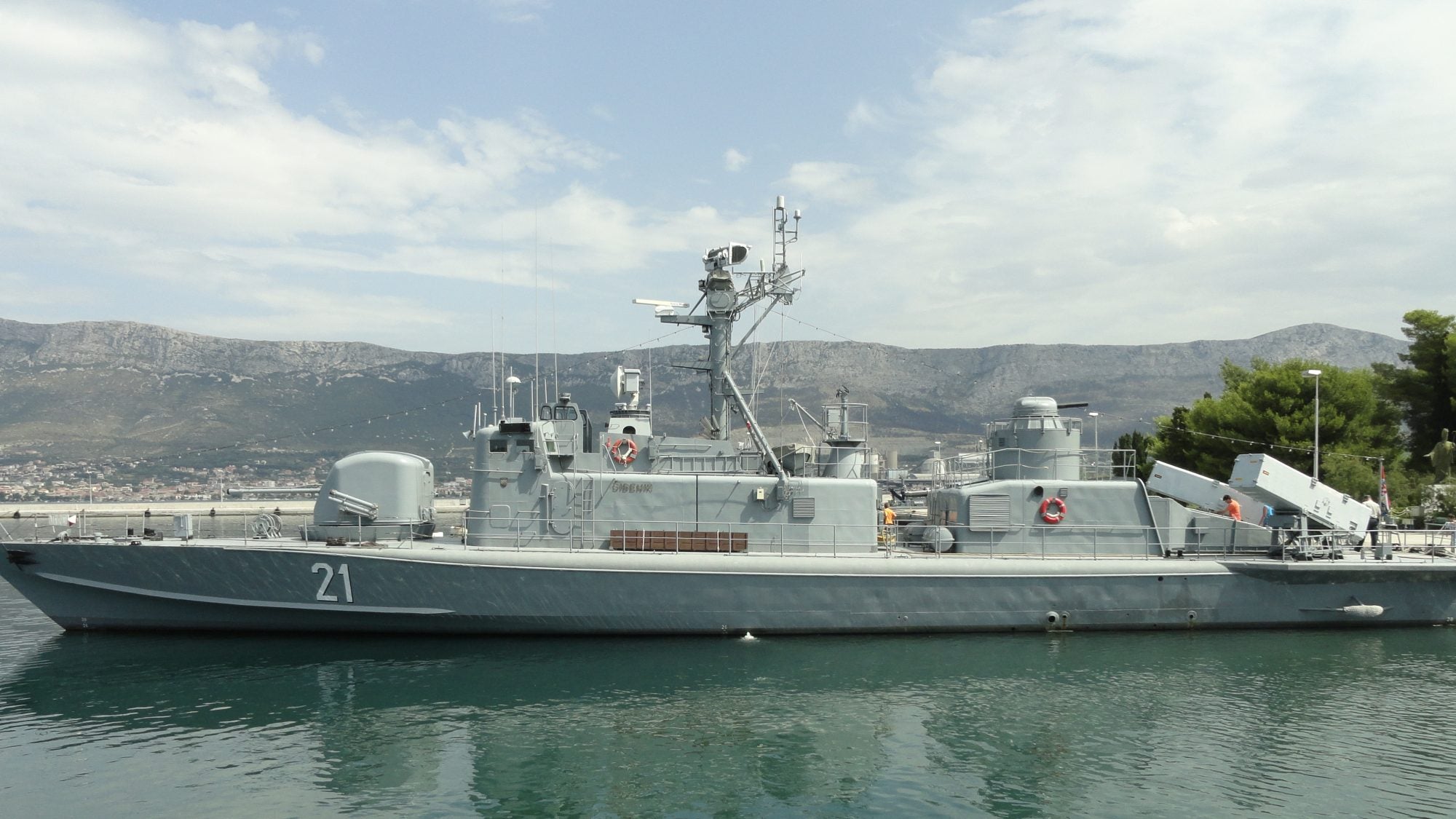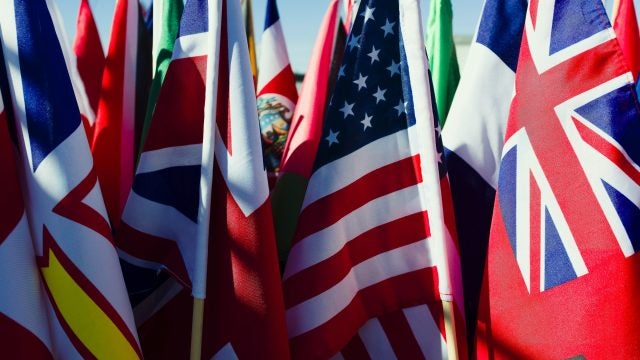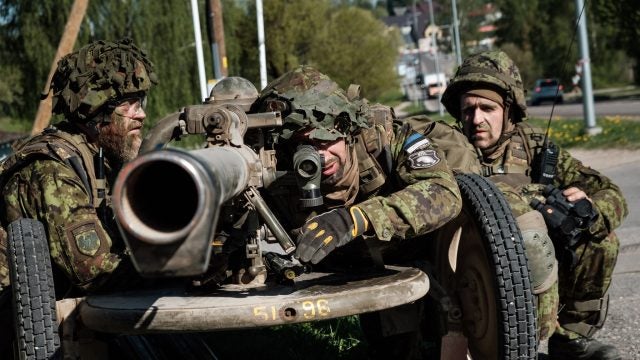
Title: Responsibility in the Global South: Charting R2P’s Second Decade
The Arab Spring’s tumultuous aftermath has cast a pale of uncertainty over the future of the “responsibility to protect” (R2P) doctrine. Back in March, the UN Security Council achieved an unprecedented consensus surrounding the doctrine’s full-spectrum implementation in Libya, ensuring the immediate protection of at-risk civilians in the eastern rebel stronghold of Benghazi. The Arab League, previously a status-quo-oriented regional body, offered its support for a limited civilian protection operation; those bulwarks of traditional sovereignty, China and Russia, agreed to stay their Security Council veto, tacitly authorizing NATO’s airpower operation.
NATO accomplished its immediate civilian protection goals within the first few weeks of the operation, successfully rebuffing Qaddafi’s forces from Benghazi and establishing a no-fly/no-drive zone over the rebel-controlled east. However, as weeks turned to months, NATO leadership remained strategically ambiguous about the operation’s evolution. Throughout the campaign, NATO’s disingenuous façade of a seamless, quick operation sparked cynical concerns about R2P’s implementation, the strategic goals of Western powers, and the political legitimacy of mass atrocities response operations.
R2P cynicism has only escalated in the aftermath of the Libya operation, with international actors, policy experts, and blogosphere commentators positing critical dilemmas for the doctrine’s evolution: How do third-party interveners differentiate between R2P and regime change operations? How do the unintended consequences of coercive interventions affect the doctrine’s moral legitimacy? And, with civilian protection crises mounting in Syria, Yemen, Sudan, and Bahrain, how does the consistency of international policy response affect the doctrine’s effectiveness?
For R2P’s critics, these three questions underline the doctrine’s shortcomings. In public statements and Security Council negotiations, Russian and Chinese officials do not differentiate between the loose, undisciplined policy of humanitarian intervention and the R2P doctrine’s robust framework for mass atrocities prevention and civilian protection. In reality, a decade of R2P implementation has yielded more peaceful policy interventions, more preventive diplomacy, and more nonviolent civilian protection initiatives than military actions. While Eric Martin’s “intervention ratchet” accurately characterizes the nature of hawkish human rights discourse, the logical fallacy of R2P’s slippery slope towards humanitarian intervention does not stand up to empirical scrutiny.
Of course, from an international political perspective, the R2P/humanitarian intervention distinction matters little. The mere prospect of a R2P-based intervention, reinforced by NATO’s Libya operation, has blurred the line between doctrinal framework and operational reality. As Gareth Evans observed during a recent Stanley Foundation conference on R2P’s tenth anniversary, the half-decade following the 2005 World Summit saw the emergence of a broad, multilateral consensus on R2P’s peaceful implementation. The Libya intervention has eroded the fragile consensus, reinforcing unconstructive public debates on Western authority and humanitarian intervention.
Nascent schisms in the UN’s BRICS (Brazil, Russia, India, China, and South Africa) have the potential to alter the terms of the debate. While Russia and China remain as intransigent as ever—for example, last weekend’s disgraceful veto of the UN Security Council’s toothless Syria—the UN’s non-P5 powers have demonstrated their interest in playing a more decisive role in international political debate. Brazil, in particular, is no longer content to play second-string to its veto-wielding counterparts; instead, as Oliver Stuenkel writes, the emerging Latin American power “increasingly seeks to frame the debate and decide which issues should be discussed in the first place.” During her General Assembly speech last September, Brazilian President Dilma Rousseff proposed the establishment of the “responsibility while protecting” (RwP) principle. In November, the Brazilian delegation completed a RwP concept paper, which emphasizes three core components of R2P’s operational implementation: limited objectives, limited force, and limited consequences. If R2P’s advocates have emphasized the jus ad bello component of the doctrine-based use of coercive force, RwP restores jus in bello to the fore.
The RwP principle should be familiar for civilian protection advocates, just war theorists, and international humanitarian law specialists. RwP’s emphasis on restraint, the “do no harm” principle, and a “last resort” precondition for the deployment of military force are all essential characteristics of humanitarian action. The International Commission on Intervention and State Sovereignty’s 2001 report, which lay the groundwork for R2P’s intellectual emergence, incorporates the bulk of Brazil’s concept paper. At its fullest extent, RwP is a minor addendum to R2P’s third pillar of international policy intervention, rather than a paradigm shift in approach. RwP’s significance, then, is not in the originality of its principles, but what the concept paper’s existence means for the shifting political dynamics of international humanitarian action.
With UN member states rightly distracted by the escalating humanitarian crisis in Syria, RwP has yet to gain traction in the Turtle Bay community. However, if Ban Ki-Moon’s recent address on R2P is any indication, the UN leadership is looking towards RwP as a consensus-building mechanism for the doctrine’s second decade. Meanwhile, the UN’s Western bloc has not offered an encouraging show of support for the RwP principle: when a New York Times investigation revealed the deaths of dozens of Libyan civilians as a direct result of NATO’s air sorties, the Western coalition’s leadership dismissed the news, refusing to account for its collateral damage.
Western governments and civil society groups will need to find common ground with their affiliates in the global South, in order to secure a sustainable future for the R2P doctrine. As the international community’s continued failure to address the Syria crisis demonstrates, legitimate, multilateral civilian protection initiatives will increasingly necessitate the participation of emerging powers and regional institutions. The RwP principle allows emerging actors to carve out a more responsible baseline for R2P’s implementation, and Western powers to establish a more agreeable, consistent basis for collective mass atrocities response.
At the same time, however, an overemphasis on RwP’s consensus-building capacity will detract from R2P’s comprehensive implementation. As Alex de Waal recently wrote in the context of sub-Saharan Africa, “the dominant interventionist approach to peace and security in Africa by-passes the hard work of creating domestic political consensus.” Emerging powers remain concerned about R2P’s impact on their sovereignty, territorial integrity, and political autonomy. Accordingly, a disproportionate focus on political will-building for R2P’s third pillar limits the international community’s ability to support R2P’s first two pillars, which emphasize the strength of domestic security institutions. If R2P is to improve the quality of sovereignty, rather than facilitate its demise, the next decade of the doctrine’s evolution will need to center on autonomous mechanisms for mass atrocities prevention and human security.
. . .
Daniel Solomon is the National Director of STAND, a student advocacy organization focused on genocide and mass atrocities prevention. He blogs at Securing Rights.
Image Credit: Saxum, CC BY-SA 3.0, via Wikimedia Commons.
This is an archived article. While every effort is made to conserve hyperlinks and information, GJIA’s archived content sources online content between 2011 – 2019 which may no longer be accessible or correct.
Recommended Articles

On May 20, 2025, the World Health Assembly unanimously adopted the World Health Organization (WHO) Pandemic Agreement, an international treaty designed to strengthen pandemic prevention, preparedness, and…

As the Trump administration proposes a sweeping overhaul of the US foreign assistance architecture by dismantling USAID, the Millennium Challenge Corporation (MCC), and restructuring the State Department, there is an…

The Trump administration’s abandonment of allies and embrace of Putin’s Russia has raised pressing questions about whether Estonia, Latvia, and Lithuania can continue to rely on NATO for…